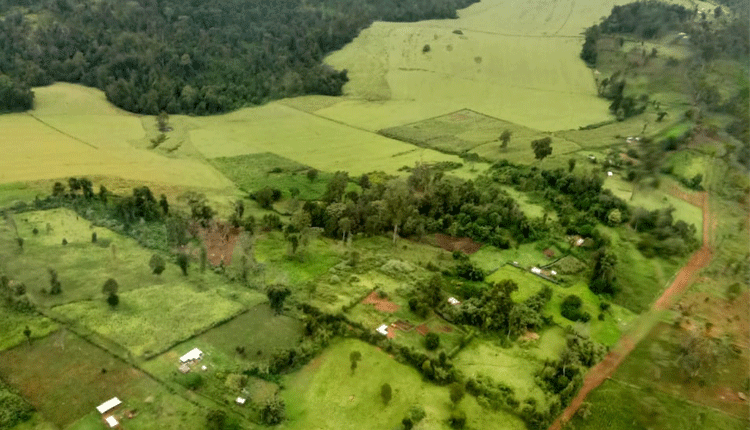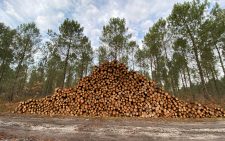Kenya’s forest cover needs urgent restoration

At a time when the world is becoming increasingly hotter, the importance of adequate forest cover in maintaining life on earth cannot be gainsaid. However, it is just recently that people have realised that climate change is real, as heat from the sun’s rays gets a notch hotter.
In Kenya, we seem just one step short of the fatal heat waves experienced in other parts of the world, particularly in the Indian sub-continent. The heat in Nairobi and other cooler upcountry towns so far this year, feels way above what people are used to in our scorching coastal towns.
The answer to our predicament is obvious. In our quest for ‘development’, we have run roughshod over nature, particularly the land. We have cut down vast swathes of trees in order to make way for new real estate fads that we can ill sustain.
Unbeknown to many Kenyans, forest cover has been dwindling at an alarming rate. Kenya’s forest cover today is estimated at less than seven per cent, quite lower than the 10 per cent recommended by the United Nations. That is why the rains keep delaying, and dry spells taking longer than anticipated.
Worse, the massive and unplanned change of land use from agricultural to construction poses a grave threat to the country’s food security.
Monday March 21, marks the International Day of Forests. This year’s theme is “Forests and sustainable production and consumption”. The first-ever forests day was observed on March 21, 2013. This makes it the tenth anniversary since.
According to the Food and Agriculture Organisation (FAO), forests are home to about 80 per cent of the world’s terrestrial biodiversity, with more than 60,000 tree species. Around 1.6 billion people depend directly on forests for food, shelter, energy, medicines and income. Unfortunately, the world is losing 10 million hectares of forest each year – about the size of Iceland.
Environmental benefits provided by forests include carbon sequestration, biodiversity, and landscape protection. These have a direct impact on sectors such as agriculture, environment, and energy.
Retired President Daniel arap Moi (now deceased) must have foreseen such a time as this, when early in his presidency he lobbied Kenyans to plant more trees. If only we had kept the momentum. But we must now retrace our steps, or risk roasting to death in the blazing sun. Communities play a crucial role in restoring nature. The underlying assumption here is that forest conditions, and human use of forests, are largely determined at the local level. This can be achieved by sensitising people on the vulnerability of their lives to the vagaries of adverse climatic conditions.
Forestry and biodiversity are inseparable. Both encompass aspects like sustainable agriculture, desertification, land degradation and drought, water and sanitation, energy, climate change, oceans and seas, vulnerable groups, food security, and indigenous people.
The foregoing has informed shifting the locus of decision-making and resource management away from the central government to the counties. Not only do the latter have greater knowledge of local resources, but are better able to monitor resource use and compliance.
Forest conservation, therefore, must also build the capacity of communities to address challenges facing exploitation of wood resources, and non-wood forest products. Because they are often directly dependent on the resource, it is assumed that communities have the greatest incentives to jealously protect its base.
The world as a whole has lost sight of the forest for the trees. Humankind is right now on the cusp of an environmental tipping point. As we dither on taking drastic action on restoring our forests, we risk hitting the irreversible, and suicidal, 1.5⁰C rise in global temperatures.
Ultimately, it is important to consume and produce wood in a more environmentally sustainable way for the earth as a whole. As FAO appeals, let us protect this easily renewable resource with a sustainable management of forests.
— The writer comments on topical issues















